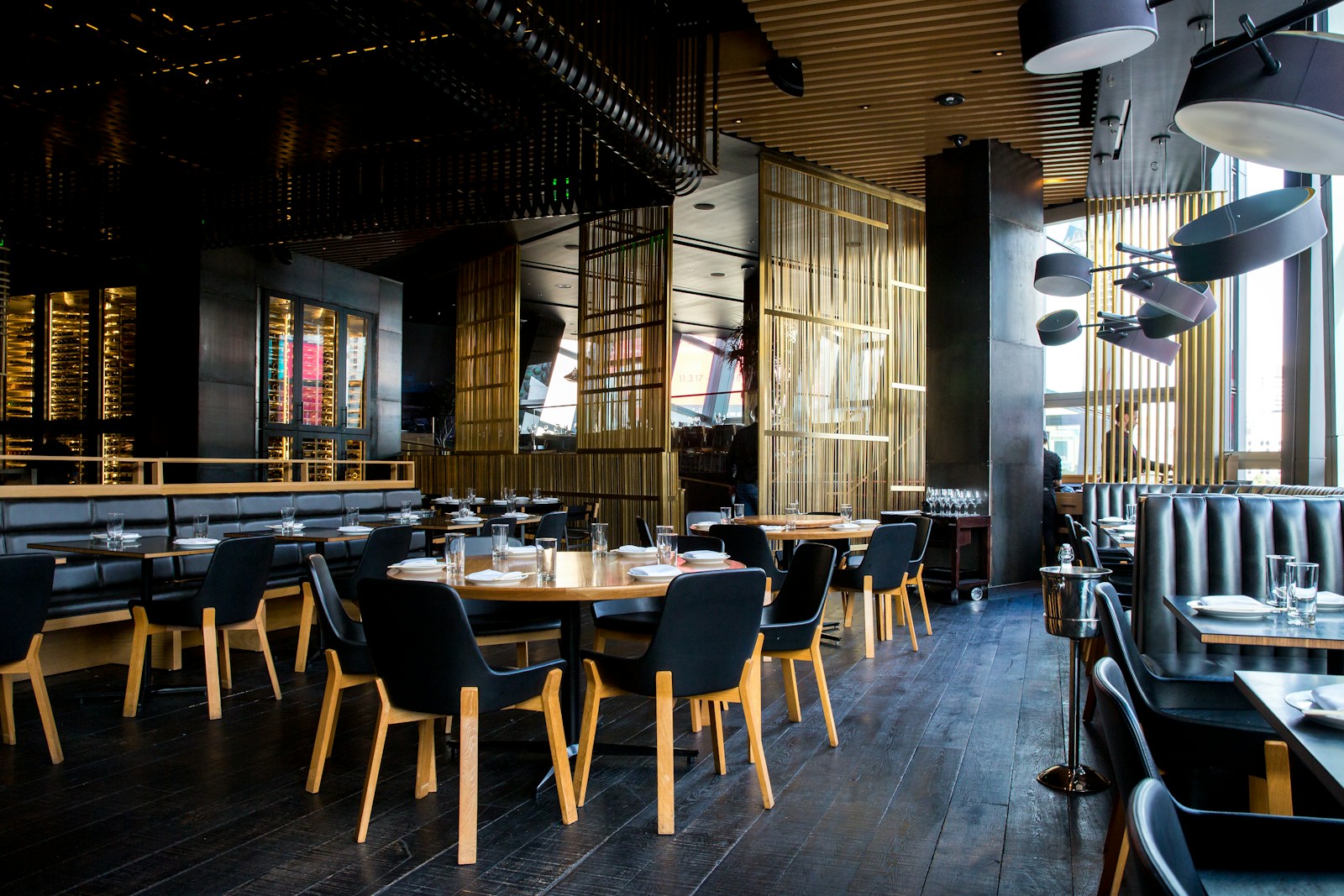Pests are a scourge for restaurants, infesting kitchens and ruining reputations. But there is a secret weapon to combat them: moisture control. Depriving pests of the damp environments they need to thrive is the most effective pest prevention method around.
In this article, we will examine the most common pests plaguing restaurants today and reveal how controlling moisture robs these pests of essential water, food, and shelter. We’ll also outline the best practices any restaurant can implement to stay dry, along with the moisture control services professionals can provide.
Common Restaurant Pests
Cockroaches, flies, rodents, ants, and pantry pests like moths and beetles are among the most problematic pests infesting restaurants today. Prevalent pests like cockroaches and flies rely on moisture to breed and thrive.
Leaky pipes, food spills, and excess humidity create ideal conditions. Rodents nest in damp insulation, and ants follow moisture trails into kitchens. Pantry pests feed on moist food debris. Sealing up these common moisture sources makes restaurants far less hospitable to these destructive pests.
Why Moisture Attracts Pests
Moisture aids pests in restaurants in several key ways:
- It provides a water source pests need to survive. Without adequate hydration, most pests struggle to live more than a few days.
- Damp environments allow mold, bacteria, and other microbes to grow. These become nourishing food sources for pests.
- Cracks, crevices, and corners saturated with moisture give pests needed shelter and nesting sites.
- Moisture enables faster reproduction because all pests need water to breed successfully.
Eliminating excess moisture through repairs and improved cleaning deprives pests of their necessary water, food, and shelter.
Leaky Plumbing and Appliances
Leaking pipes, faucets, sinks, and faulty appliances provide pests with easy access to water. Just a small drip gives pests all the hydration they need while also allowing them to nest in wet wall voids.
Appliances like dishwashers, ice machines, coolers, and refrigerators also need diligent repairs and maintenance to fix any drips and properly seal doors. Fixing plumbing and appliance leaks promptly and completely removes this vital water source for pests.
Food Residue Buildup, Spills, and Drips
Grease traps, floor drains, and hard-to-reach nooks and crannies can also easily accumulate food residue if not cleaned regularly. This debris invites pests like cockroaches and ants to look for an easy meal. Trash cans also become feeding grounds for pests when food spillage occurs and residue builds up inside.
Areas around beverage stations, bins, under and behind kitchen equipment, and appliances are common areas for drips, spills, and crumbs to accumulate. Having a daily cleanup protocol for staff to thoroughly wipe all counters, quickly clean spills, take out trash frequently, and remove all visible food buildup eliminates these pest food sources before they have a chance to thrive.
Condensation
Condensation commonly collects on windows, vent hoods above stoves and ovens, and cold water pipes in kitchens and bathrooms. This water bead buildup signals excess humidity and moisture circulating in the air.
These humid conditions enable pests like silverfish and cockroaches to thrive. Increase ventilation through vents, exhaust fans, and opening windows when possible to lower the humidity levels.
Also ensure AC units are well-maintained, with clean filters and properly working drainage, and install commercial-grade dehumidifiers to control ambient moisture in the air. Taking proactive action to reduce condensation removes the lingering misty conditions that pests find so welcoming.
How Moisture Control Companies Can Help
In general, moisture control companies provide restaurants with expert assessments to pinpoint leaks and residue buildup. These companies can fix plumbing, install dehumidifiers and ventilation, apply commercial sealants and coatings, repair pipes, clean drains, and upgrade outdoor drainage.
They also install moisture monitoring systems to detect issues early and develop maintenance plans for ongoing moisture control. Their arsenal of moisture removal techniques transforms damp environments into ones where pests struggle to set up home.
To Sum Up…
Controlling moisture robs pests of the necessities they need to invade restaurants. While diligent cleaning helps, partnering with moisture control experts provides the knowledge and solutions to fully address condensation, leaks, and drips. Taking a proactive approach to moisture control makes restaurants inhospitable environments for destructive pests.






